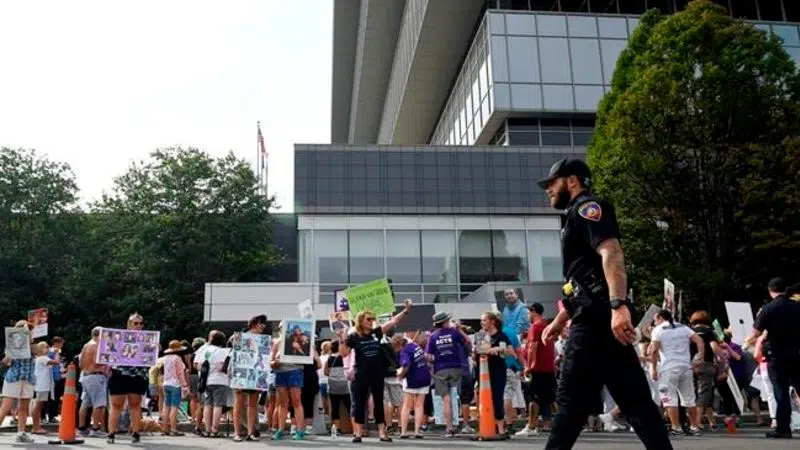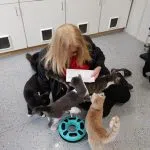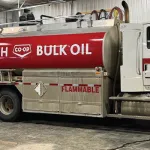
Moms of the dead from drugs: “Where is the outrage for us?”
MARLBOROUGH, Mass. — The moms meet in a parking lot overlooking the little white funeral home and watch the mourners drifting toward the chapel doors — a familiar scene, beginning again.
Cheryl Juaire taps nervously on her steering wheel.
“Are we ready?” she asks the two other mothers leaning into the window of her SUV.


